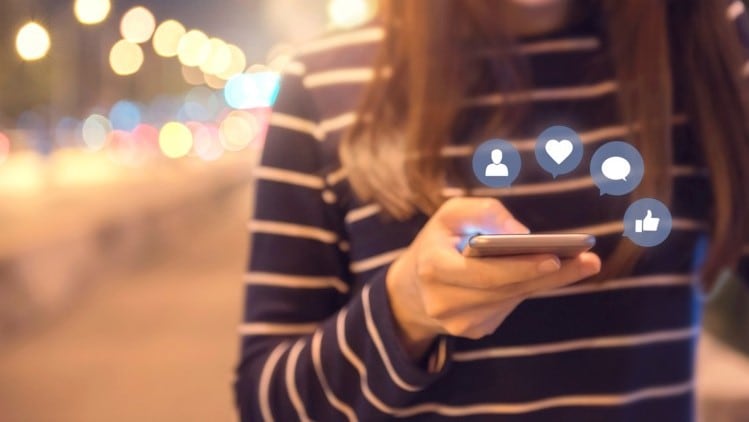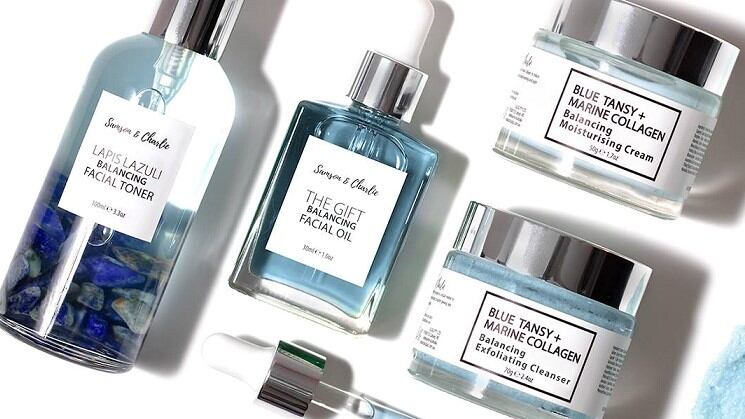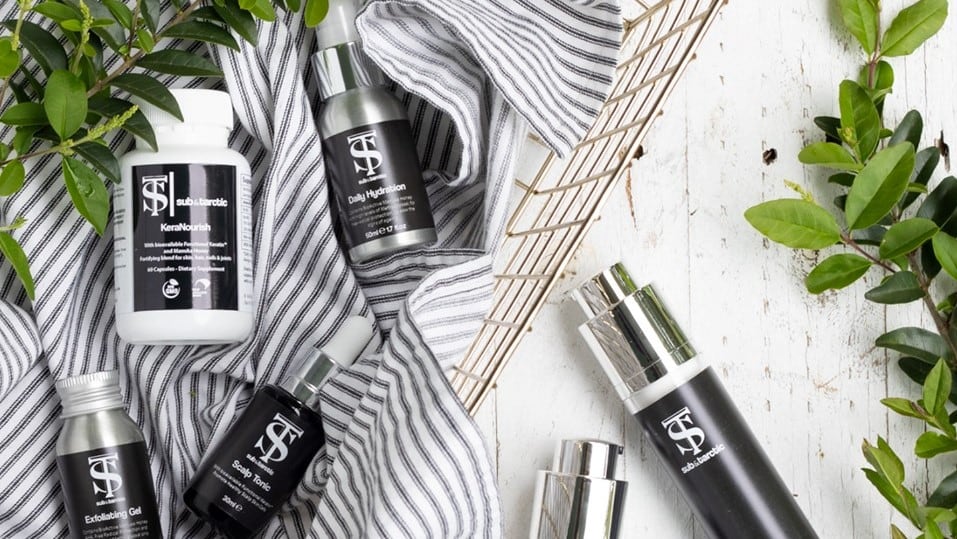1 – Why K-beauty make-up brands may be losing the trust of Singaporeans
South Korean make-up brands may be losing their lustre with Singaporean beauty consumers, with Western outfits taking over when it comes to trust.
K-beauty colour cosmetic brands, which usually secure top ranking in an annual consumer trust survey undertaken by Daily Vanity, are being beaten by western brands including Benefit, MAC Cosmetics, NARS and Urban Decay.
US make-up brand It Cosmetics rose 57 places to cinch the top spot as the most trusted make-up brand in the country.
Korean make-up brands that remained in the top 10 ranking were Innisfree, Laneige and Etude House, which took fourth, sixth and seventh place respectively.
COO and editorial director of Daily Vanity, Kristen Juliet Soh, attributed this decline to the inadequacies of some South Korean make-up products.
2 – ‘Strong roots’: India-based Herb Island looking offline to quintuple business in three years
Indian natural beauty brand Herb Island sees potential to grow its business five-fold by concentrating efforts in the nation’s offline cosmetics space.
While the company is based in India today, it was first founded in Australia. When the founders had to move back to India, they decided to continue the business as it saw opportunities for a brand with Australian roots in the market.
According to co-founder Karishma Kansagra, the company still imports most of its ingredients such as tea tree oil, macadamia oil, neem extracts and certain butters from Australia.
“We first planned to produce in Australia but since we moved back, it made more sense to operate from here. However, the heart of the brand still lies in Australia,” said Kansagra.
She believes Australian products resonate with Indian consumers because both share similarities culturally.
“Australia is beautiful and exotic country with great botanical ingredients. India has very strong roots in naturals through Ayurveda. We are trying to combine these two together to make products that are not only natural but also effective.”
3 – Shiseido looks to the Philippines’ $3bn cosmetic industry to drive further growth in SEA
Japanese cosmetics maker Shiseido has expanded into the Philippines to seize growth opportunities in South East Asia’s lucrative beauty market.
The newly-established Shiseido Philippines Corporation was a joint venture in partnership with Singaporean beauty distribution company, Luxasia.
Koji Nakata, managing director, Shiseido Philippines told CosmeticsDesign-Asia that the firm believes that this was the right time to further its ambitions in the Philippines, SEA’s third-largest cosmetics market.
“It is an exciting time to be a part of the country’s booming beauty industry. With a population of 103 million, the time is right to seize the growth opportunity in the Philippines, which represents close to US$3 billion in annual sales,” said Nakata.
4 – Education, not regulation: More cosmetic rules not the way to battle ‘free from’ claims – HSA
The Health Science Authority of Singapore has no plans to follow the lead of the European regulators and prevent cosmetic companies from making ‘free from’ claims, preferring to place emphasis on consumer education.
Pang Tit Keong, deputy director of HSA’s cosmetics control unit was at a workshop held by Cosmetics, Toiletries & Fragrance Association of Singapore (CTFAS) this week to discuss the rampant misinformation of cosmetic ingredients and its detrimental effects to the industry.
Pang said that implementing more regulations was not a practical solution as it would not be feasible for HSA to assess every single cosmetic claim.
“We have 200,000 products notified with HSA. It will be overwhelming enough if half of them made natural claims.”
He added HSA was careful not to “over-regulate” the cosmetics industry. “We want to be fair to the industry. If the product does not contain certain things, I think it’s fine to want to say so. But that should not be your main emphasis on how to sell the product.”
5 – The future is natural: Sensient advances natural goals with new range of red pigments
Sensient has developed four new all-natural red pigments made from superfoods, with the firm showcasing a range of lip products at this week’s in-Cosmetics Korea exhibition.
Virginie Boulier, marketing and application manager of Sensient, believes that these new natural pigments are a step forward from its range of food-grade pigments, which are not all-natural.
She elaborated that creating natural pigments can be complicated.
“To work with natural ingredients, especially for colour, is very difficult. You have to relearn things. You cannot use the same industrial tools or processes. This makes it a little bit complicated.”
However, Boulier added that working around the “complications” were necessary.
“Natural is linked to safety and sustainability. It’s what consumers are looking for and we want to offer our customers the opportunity to formulate naturally with a range of natural ingredients, from actives to colour.”
Boulier continued: “Going natural is the future for Sensient. We want to innovate with natural ingredients and find natural alternatives to all our synthetics.”





